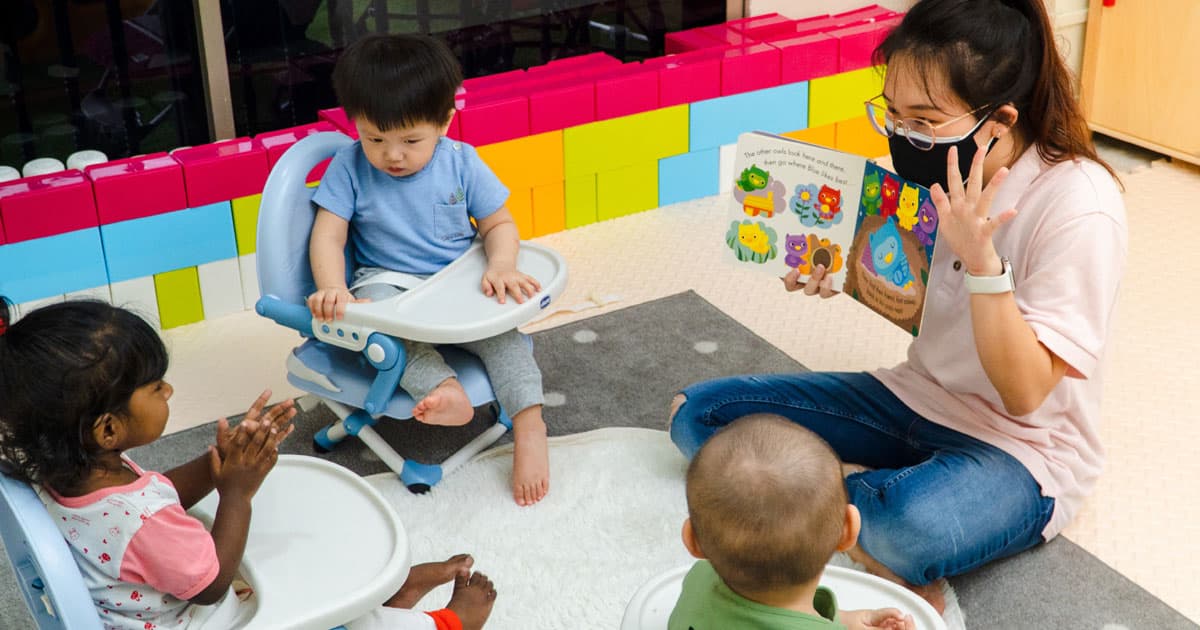The international kindergarten admissions process is often a stressful and complicated one. It can be difficult to understand exactly what the process entails, and how best to prepare for it. To make it easier, here is a quick guide on how to navigate the interview process for international kindergarten admissions.
First, parents should understand the criteria used in evaluating their child’s application. Each school will have their own criteria but typically they consider academic achievement, language proficiency and social skills when assessing a student’s eligibility. Additionally, they may also look at your child’s behaviour in the classroom as well as any special talents or interests that could be an asset to the school community.

Once you have submitted your application materials, you will likely be contacted by the school for an interview with both parents and your child present. During this interview, it is important to remain calm and professional throughout so that you can make a good impression on admissions officers. The process of international kindergarten admission can be both an exciting and intimidating prospect, yet the rewards of gaining access to a learning environment that cultivates global-mindedness and cultural understanding are well worth the effort.
It is also helpful to do some research ahead of time about the school’s mission and values so that you can discuss them during your interview if necessary. This will show that you are invested in making sure your child has access to quality education that aligns with their goals and interests.
Types of International Kindergartens
When parents are looking for the best educational options for their young children, international kindergartens offer a unique and enriching experience. These schools provide an early introduction to language immersion and global perspectives that can be invaluable as children grow up in an increasingly interconnected world.
There are several different types of international kindergartens, each providing different benefits depending on the school’s focus.
The first type is the bilingual kindergarten, which educates students in two languages in order to incorporate cultural perspectives into their studies. This type of kindergarten is popular among families who may have a particular language background or want to give their children an early advantage when it comes to learning a second language. The curriculum often draws from both languages, creating a rich educational foundation that also promotes multilingualism.
Another type is the multicultural or international kindergarten which focuses on exposing students to different cultures from around the world with lessons such as geography, music and art from other countries represented in their classrooms. These special curriculums emphasize tolerance and understanding by introducing cultural elements such as celebrations, holidays and customs from other parts of the globe into daily activities for all students regardless of ethnicity or nationality.
Conclusion
International kindergarten admission is a complex process that requires careful consideration of both the child and the school. Parents should conduct thorough research to ensure they find a school that meets their child’s needs and provides a nurturing, safe learning environment. Additionally, parents should keep in mind cultural differences between countries when making admissions decisions. With the right guidance and support, international kindergarten admission can be an invaluable experience for children around the world.
